Last Updated on October 26, 2023
There are very few movie characters who ignite our imagination with as much gusto as Dr. Henry “Indiana” Jones, the whip-cracking, tomb- raiding archeologist with a penchant for getting into trouble, kicking Nazi ass, and getting the girl – well sometimes. But people have often wondered if he was based on, or at least inspired by, a real person. Could such an extraordinary man ever truly existed? We’re going to unearth the truth on this burning question and find out in this episode of What Really Happened to this Movie?!
It’s no secret that the Indiana Jones films have their roots in the distant past. The first film, Raiders of the Lost Ark, was the brainchild of George Lucas and Steven Spielberg; both were inspired by the swashbuckling serial films of the 30s and 40s, as well as high-concept 50s adventures like Journey to the Centre of the Earth and Secret of the Incas. Over the years, both have repeatedly denied Indiana is based on an actual person, but there’s reason to believe they were inspired – however inadvertently – by a man who really existed. Or perhaps a few different men… Let’s a take a look at a few possibilities…
There’s Percy Fawcett, the British cartographer and archeologist best known as one of the men who helped map the Amazon. Having traversed hundreds of miles of jungle and encountered unknown calamities and run- ins with death – including, so the story goes, a 60-foot anaconda – Fawcett is now legendary for his search for the Lost City of Z, which he may or may not have found, as he disappeared in the jungle in 1925, never to be seen again. He was said to be one of the inspirations for the character of Allan Quatermain, who was very much an inspiration himself for Indiana Jones, and Percy got a movie of his own in 2016, with Charlie Hunnam playing him and James Gray directing.
Next we have James Henry Breasted, the Egyptologist who helped find King Tut’s Tomb, as was generally regarded as a daring and charismatic archeologist and historian whose discoveries of important artifacts helped shape our knowledge of ancient civilizations. Doesn’t hurt that he was also a teacher in his spare time…
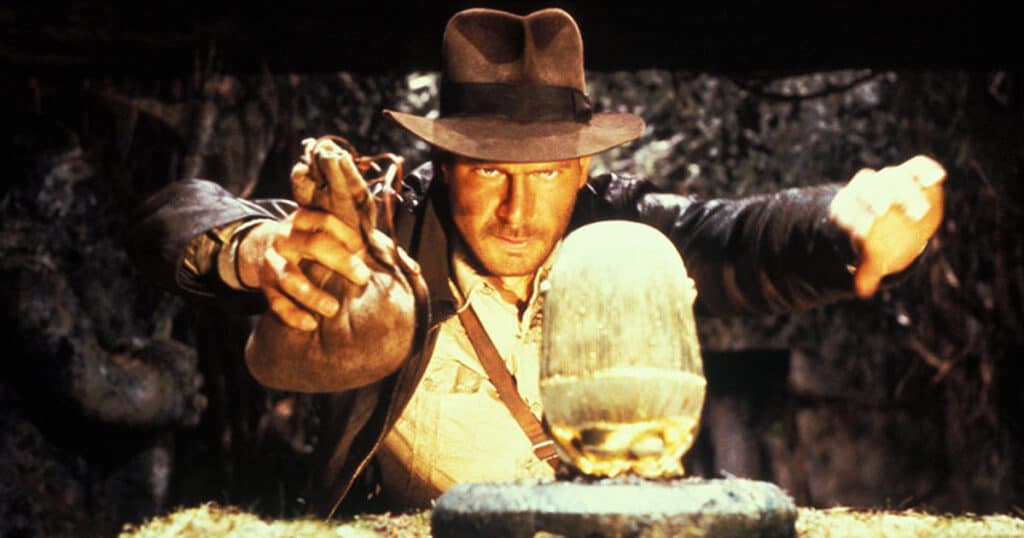
How about Hiram Bingham, the American archeologist and author who initiated the study and excavation of Machu Piccu, the Inca citadel in Peru notorious for its human sacrifices. Bingham was the indirect inspiration for Charlton Heston’s character in Secret of the Incas, and as you can see, the character of Harry Steele is quite clearly a predecessor of Indy’s, so we can safely say Mr. Bingham was something of a forebearer of Dr. Jones’s.
Perhaps the most fascinating case is Otto Rahn, the German academic whose obsession with finding the Holy Grail might’ve been an inspiration for Indy’s hunt for the cup of Christ in Last Crusade. Rahn wrote a book about his search for the grail in 1933 and caught the attention of Heinrich Himmler, the sinister head of the Nazi SS. Himmler was notoriously interested in the occult and found Rahn to be similarly intrigued by the subject, so he hired Rahn to continue his research as a member of the Nazi party. Rahn was no fan of the Nazi’s ways but saw no other options, and continued to write books under the supervision of Himmler.
Needless to say, neither Rahn nor Himmler found the Holy Grail, and Rahn ultimately became so depressed by the sights and sounds of the Nazi scourge that he resigned from the SS and died – allegedly by suicide – on a snowy mountaintop in Austria in 1939.
There are kernels of truth in all of the Indy films. The Ark of the Covenant was thought to contain the physical manifestation of God, and allegedly it was so powerful that it could singlehandedly destroy armies and end wars. Even touching it meant instant death. Because the Nazis were often quite interested in collecting ancient artifacts, it’s not far-fetched to think they’d want to get their hands on such a monumental weapon in their quest for world domination.
The villains in Temple of Doom were based on a real cult called the Thuggee, Indian marauders who would rob and kill unsuspecting travelers. The Thuggee worshipped the Hindu goddess Kali, just as the baddies in Temple of Doom do, although the over-the-top sacrificial rituals portrayed in the film, as well as the Sankara Stones that serve as the MacGuffin, were definitely the inventions of the screenwriters.
Believe it or not, even the much maligned Kingdom of the Crystal Skull has a few tiny facts rattling around in it. The Soviets were indeed obsessed with finding a way to use mind-control during the Cold War, and Crystal Skulls were always thought by some to hold mystical powers and have their origins in the Aztec civilization – even though that theory has been largely debunked. Plus Area 51 turned out to be a real thing… and with the recent revelations about the government’s knowledge of unidentified flying objects who knows what they could be hiding in there like aliens and even the arc of the covenant… or both!

But back to Indy himself. The man who indisputably gets compared to Indiana more than any other is Roy Chapman Andrews: academic, historian, fearless adventurer who stared down death’s barrel plenty of times and walked away smiling. Often seen sporting a fedora hat, Andrews built up a reputation as a rugged, charismatic fellow who was just as sharp with the ladies as he was with danger. Impressively, he built himself up from a janitor at the American Museum of Natural History to its director in less than 30 years, and was best known for his many trips to the Gobi desert in Northern China.
In his book “In Search of Ancient Man,” Andrews modestly stated he escaped death a mere 10 times, walking away from typhoons, “Lama Priests,” packs of ravenous dogs and one time, quite fittingly, a wild python. One of Andrews’ best known tales involves a cold night with his team in the desert – a legion of chilly vipers seeking warmth sought out the group’s campfire and tents, creating a panic that ended with dozens of slithery copses. Legend has it that Andrews was wary of snakes forever after, and who could blame him?
Another infamous death-defying stunt saw Andrews drive his car straight into a group of bandits on horseback, shooting at them with his trusty pistol, correctly believing they’d sooner scatter than take on the barreling vehicle with its ridiculously confident driver. Sounds like just the kind of impulsive move our favorite cinematic archeologist might pull.
Part cowboy, part adventurer, Andrews is most famous for discovering one of the largest dinosaur fossil depositories ever in the Gobi desert – including a host of dinosaur eggs, which was indeed a major rarity at the time.
In his book “The Business of Exploring,” Andrews wrote, “I was born to be an explorer. There was never any decision to be made, I couldn’t do anything else and be happy.” Hmm, who does that remind us of?
So was Indiana Jones directly inspired by any of these men? We’ll take it on faith that Misters Lucas and Spielberg were more apt to pull from their beloved old adventure films than any true historical figures. But there’s no doubt that the past was indeed present in shaping the treasured character, and that’s something Indy himself would admire.


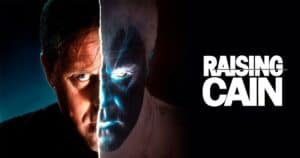

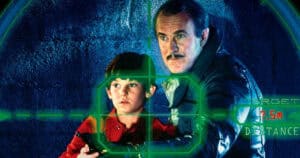


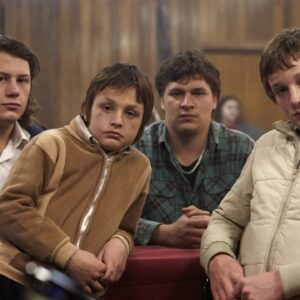
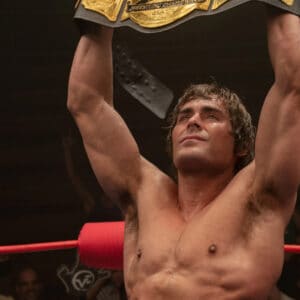
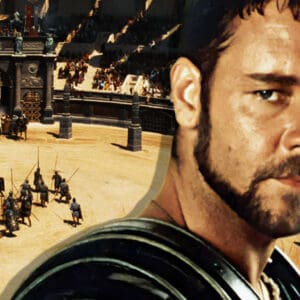
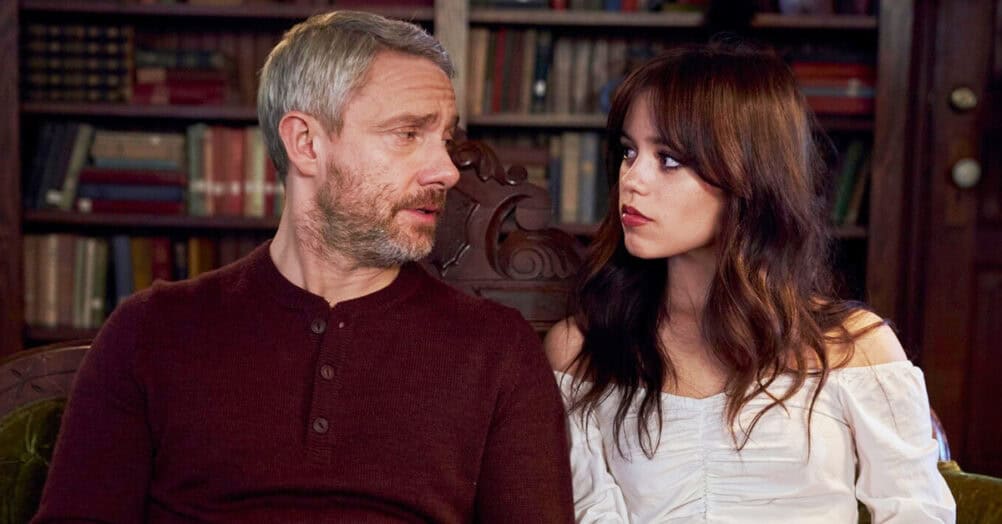
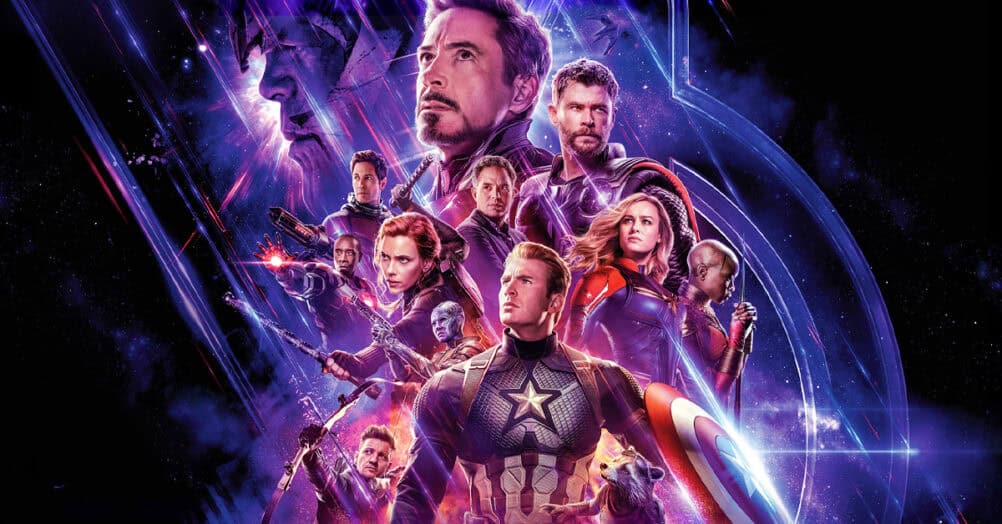
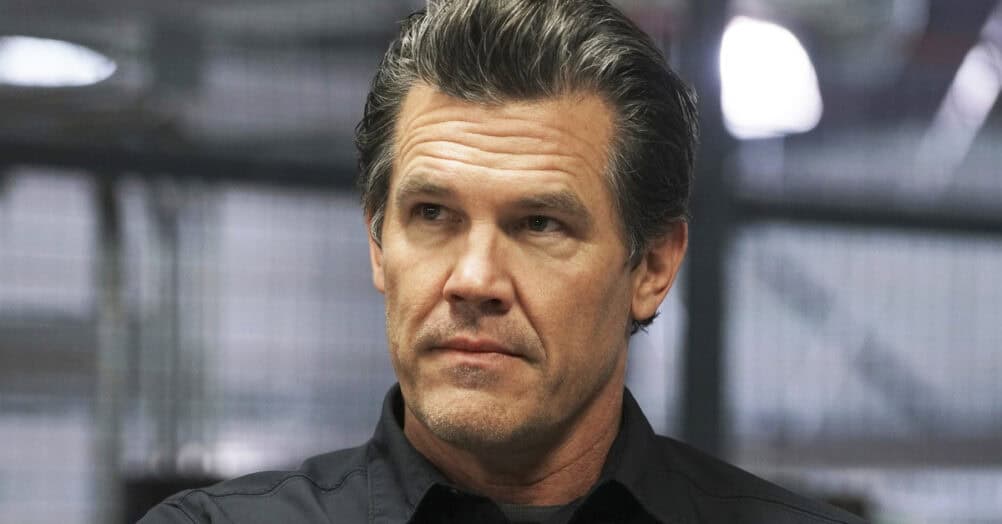

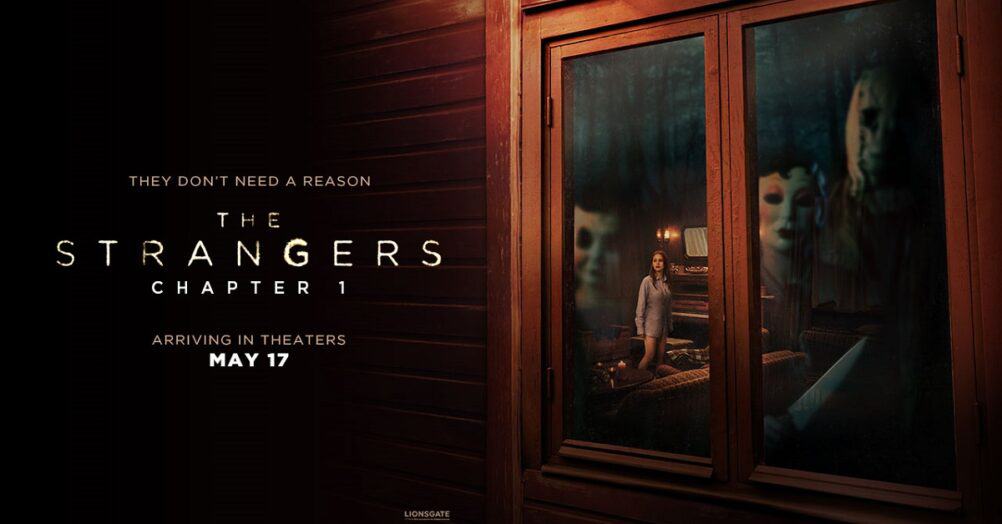

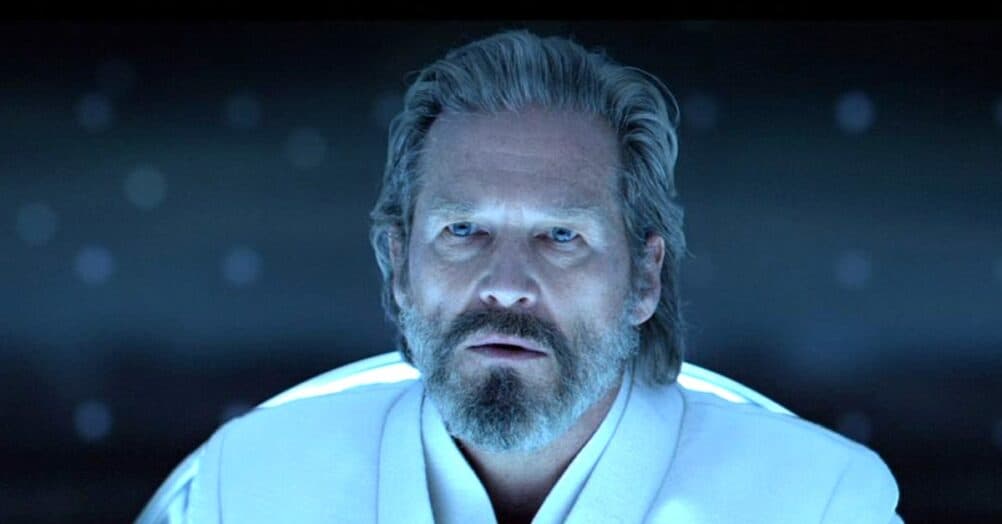
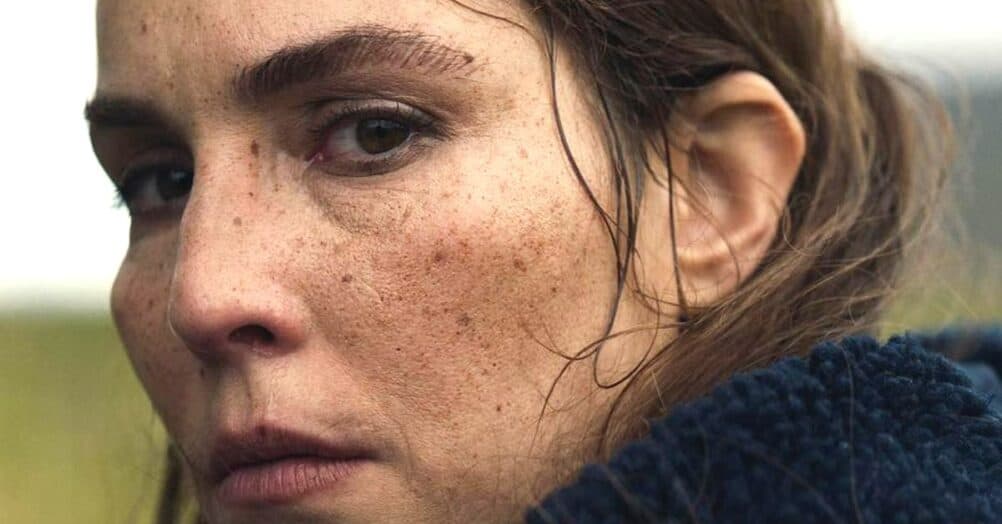
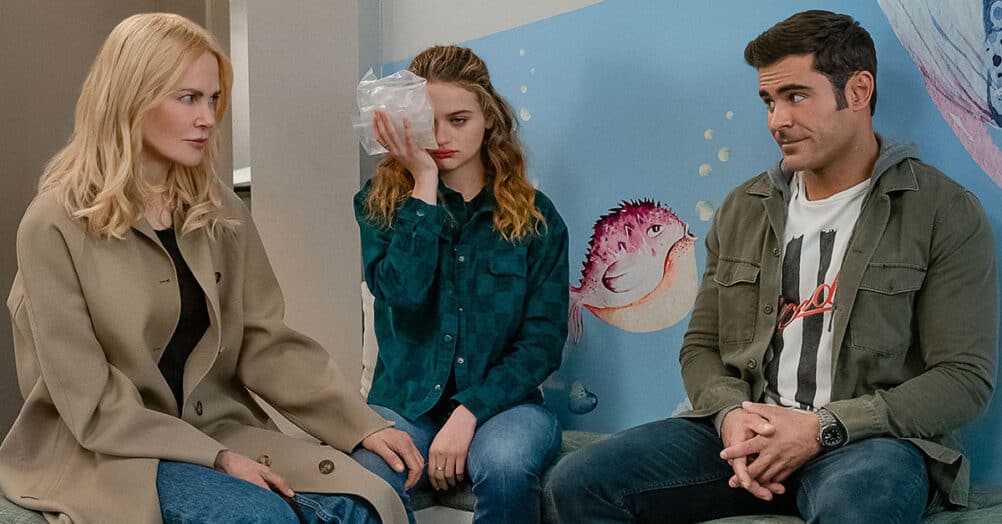
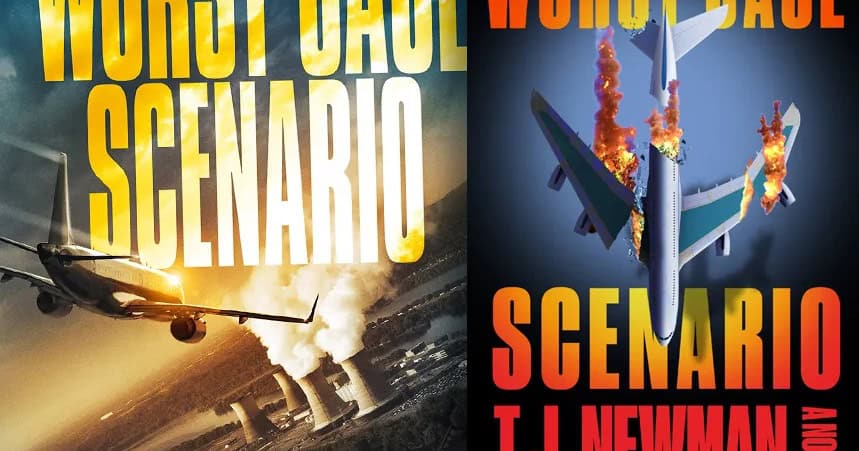
Follow the JOBLO MOVIE NETWORK
Follow us on YOUTUBE
Follow ARROW IN THE HEAD
Follow AITH on YOUTUBE